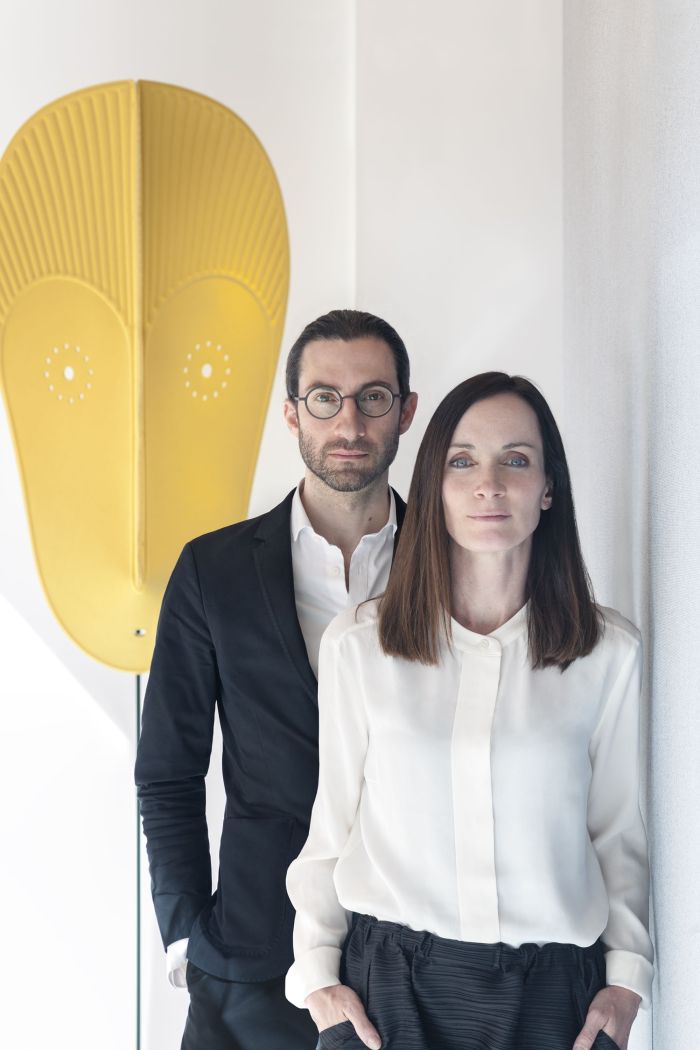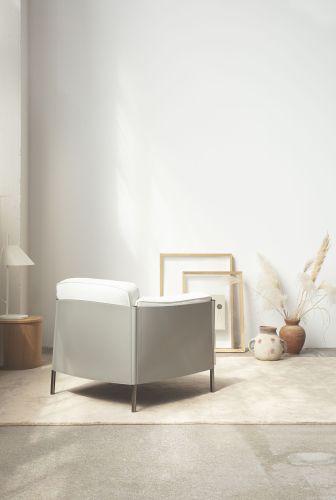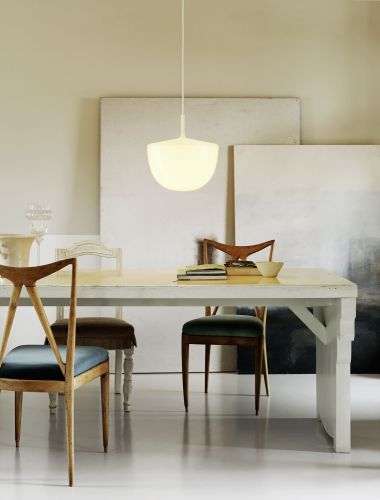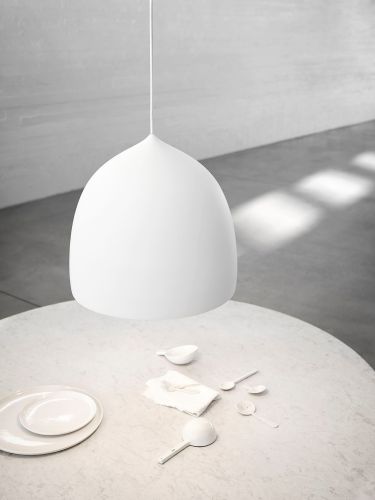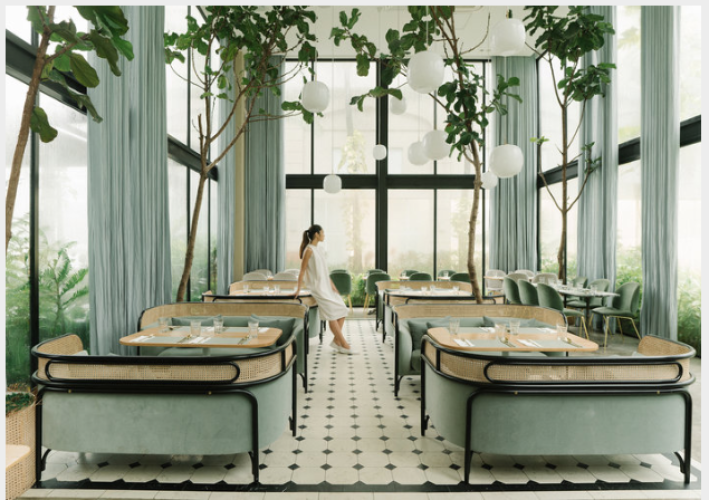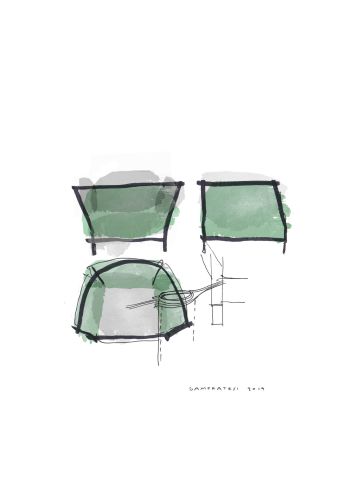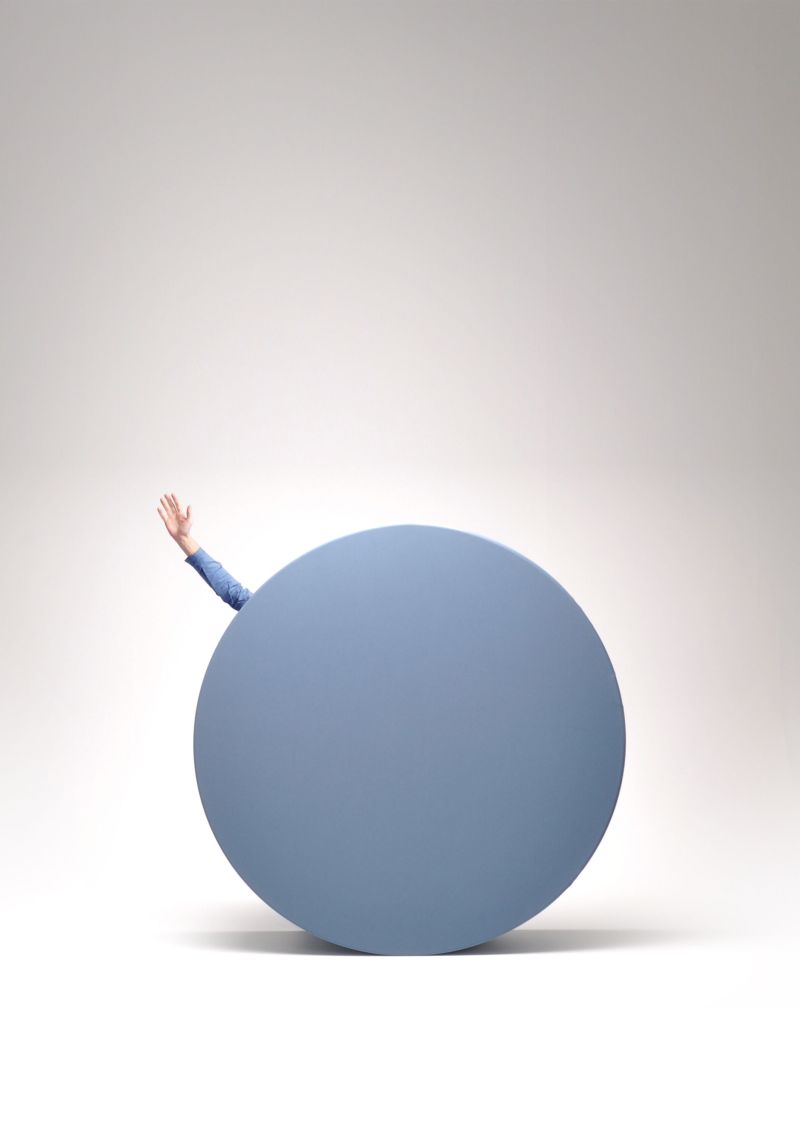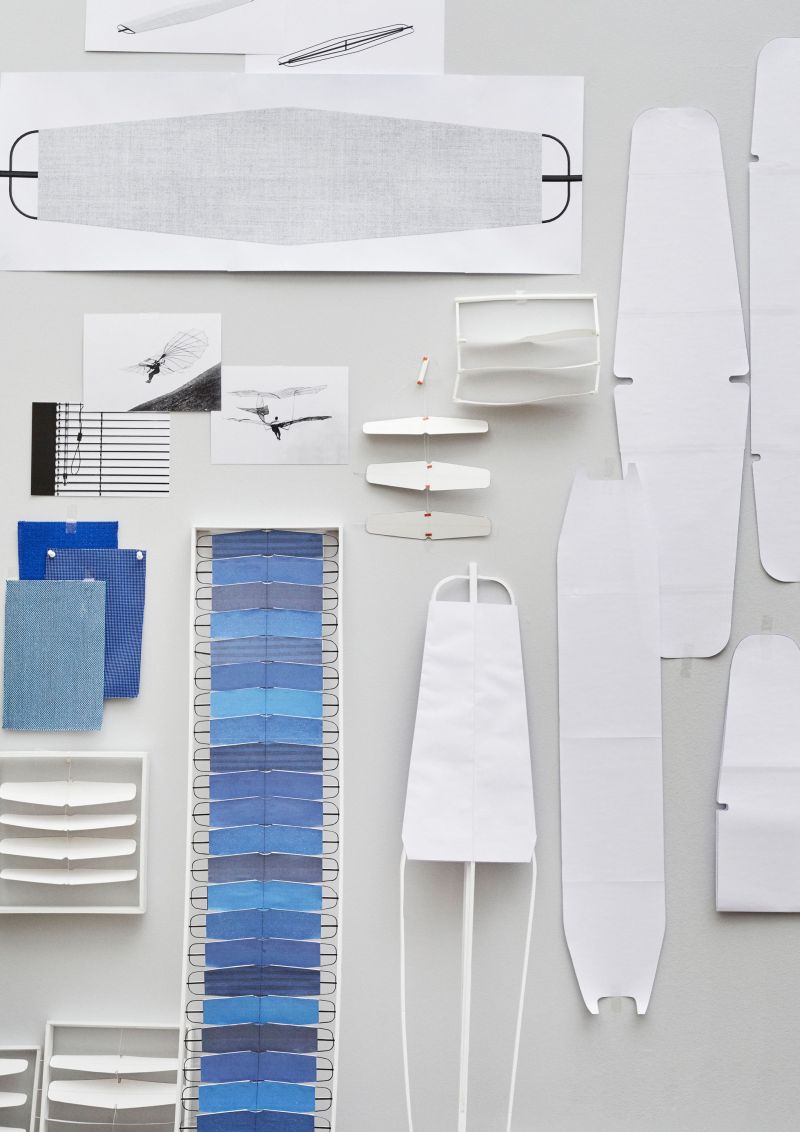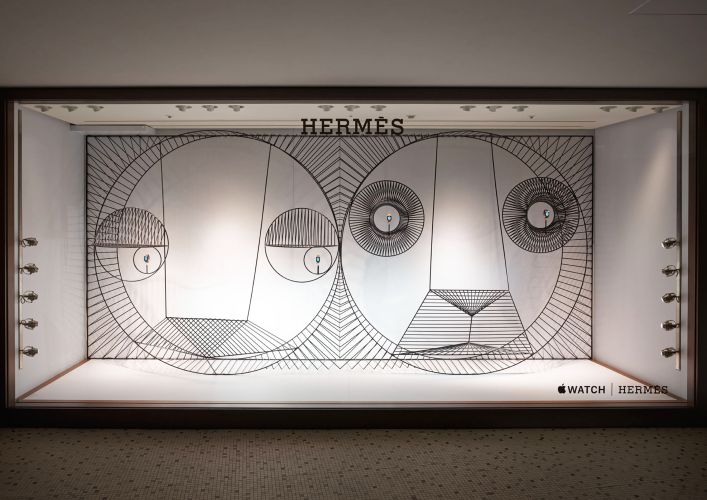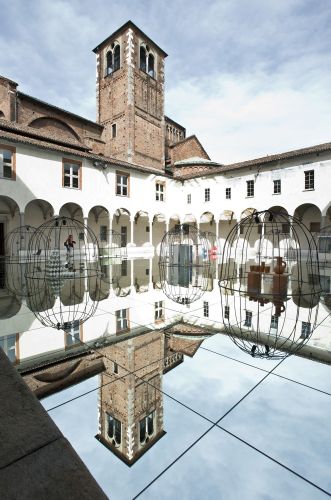easygoing
’After a long one and half year without seeing our family we were finally able to travel to Italy again. We are based near my family’s home in Pesaro, a small city on the Adriatic coast, 100 km south of Rimini. Here we have our own house with a working space and are enjoying a relaxed type of vacation/work holiday. We like meeting the people of the brands we work for near Milan or elsewhere in Italy. And we do it on our own, leisurely pace. We feel part of a travelling circus of creatives and craftsmen. We love talking to the artisans in the workshops making our designs. This trip is very satisfying and makes the work relaxed and easygoing for us. In August we will return to the design action in Copenhagen’.
evolved
This year marks a jubilee, because its been 15 years of GamFratesi. ‘We started off as students in architecture, meeting each other in Italy at the University of Ferrara, where Stine was an exchange student. The tables turned later when I decided to study at Aarhus University and coincidentally Stine was there too. In the beginning we were finding our way through the school and into the workshops at Aarhus. At the time not really planning to get involved in furniture. But then we found out we both liked the atmosphere of the workshop, working with our hands, the craftmanship, the honesty of wood and materials. We both did our masters in Aarhus; Stine in furniture and me in industrial design. Later Stine went to Japan where she worked as an architect for a while. Somtime later one of our models went into production and we moved back to Copenhagen. It all evolved from there quite naturally, much like the romance really. This is how we prefer development to go I guess; slowly and steadily’.
